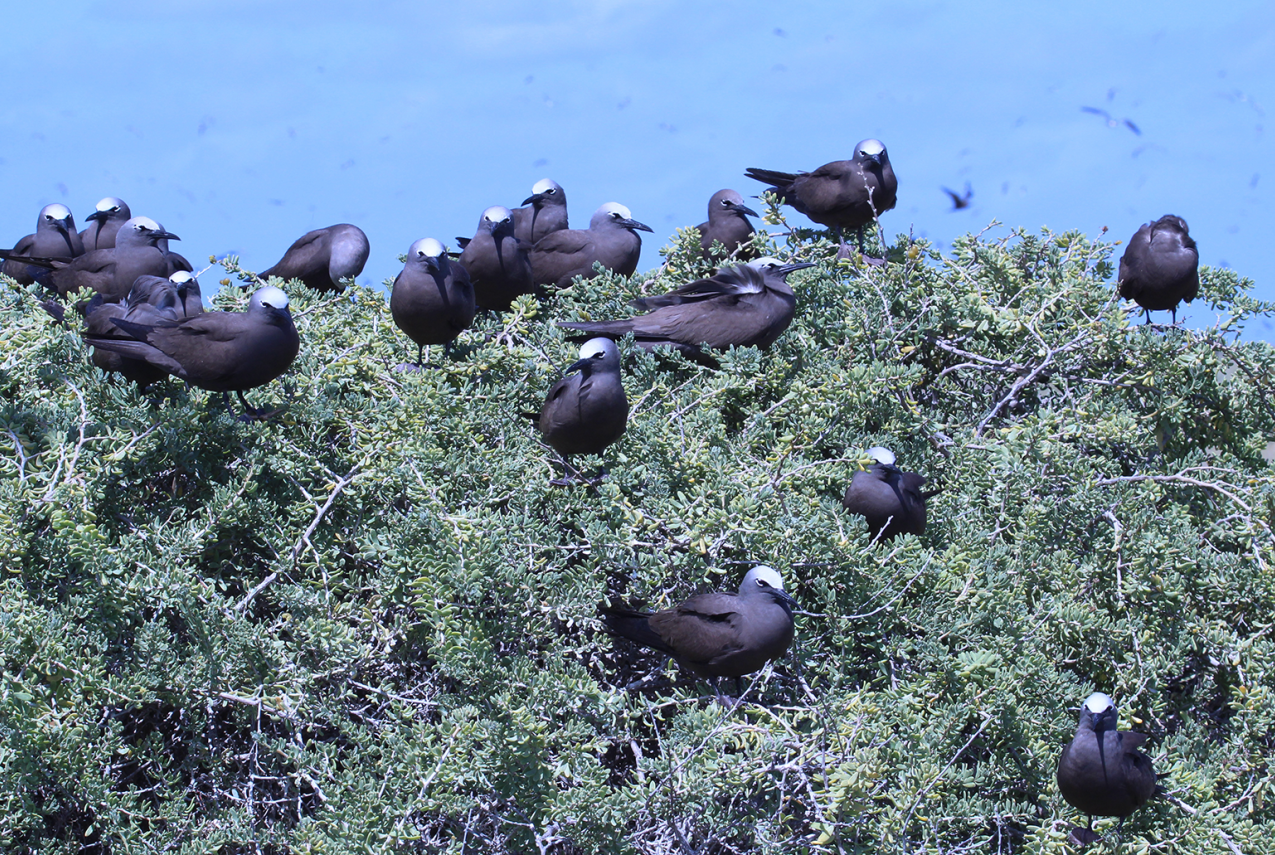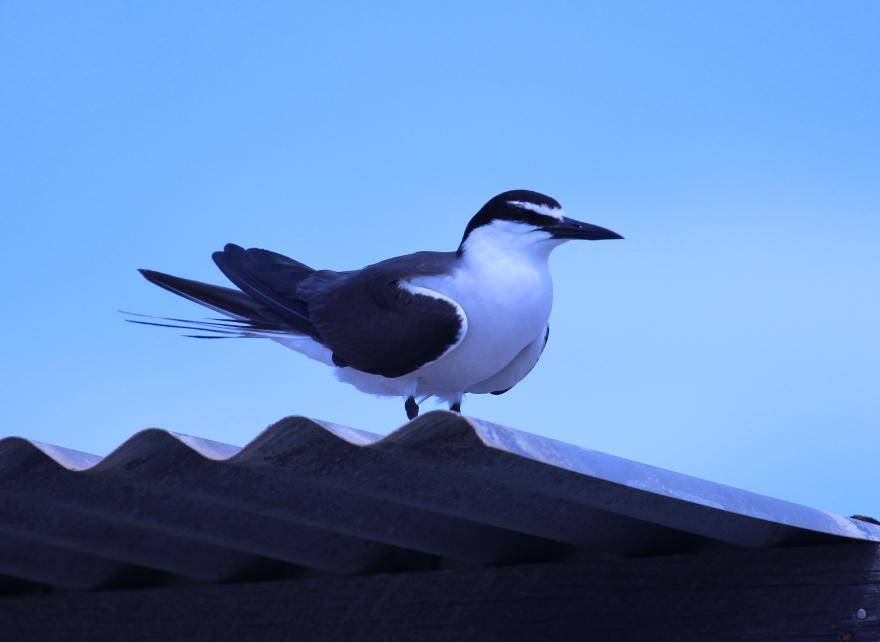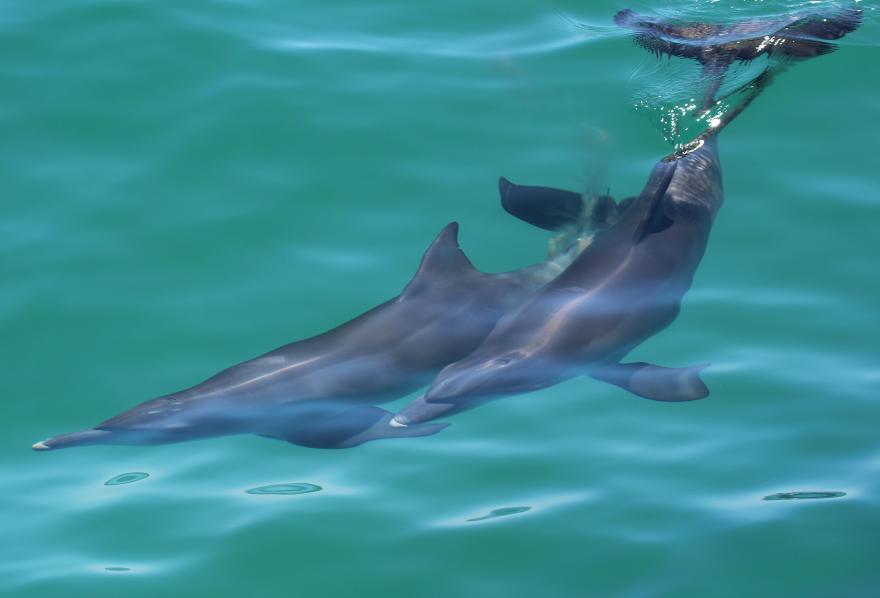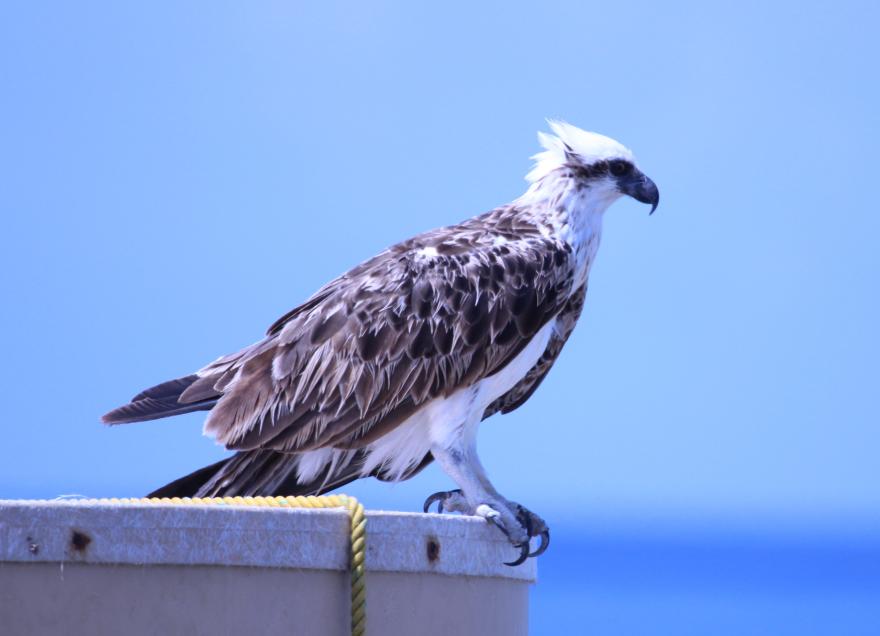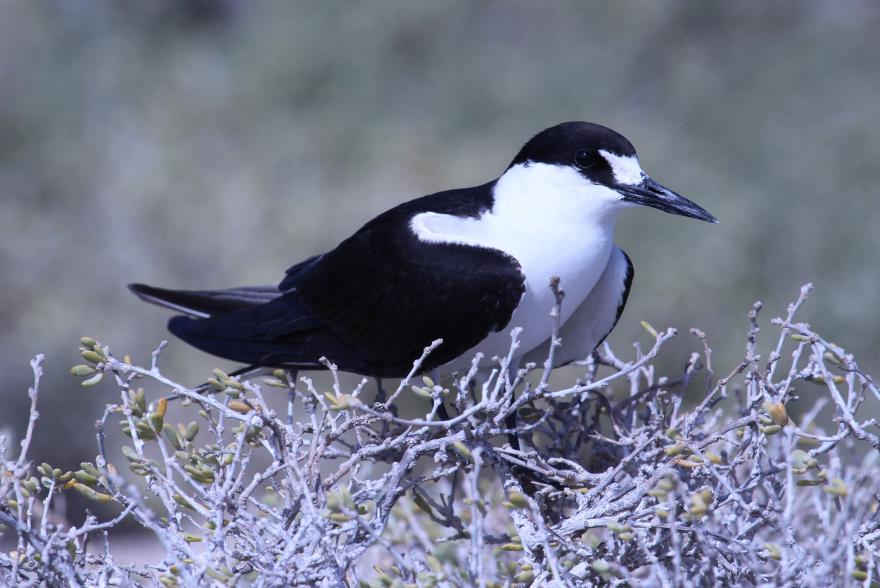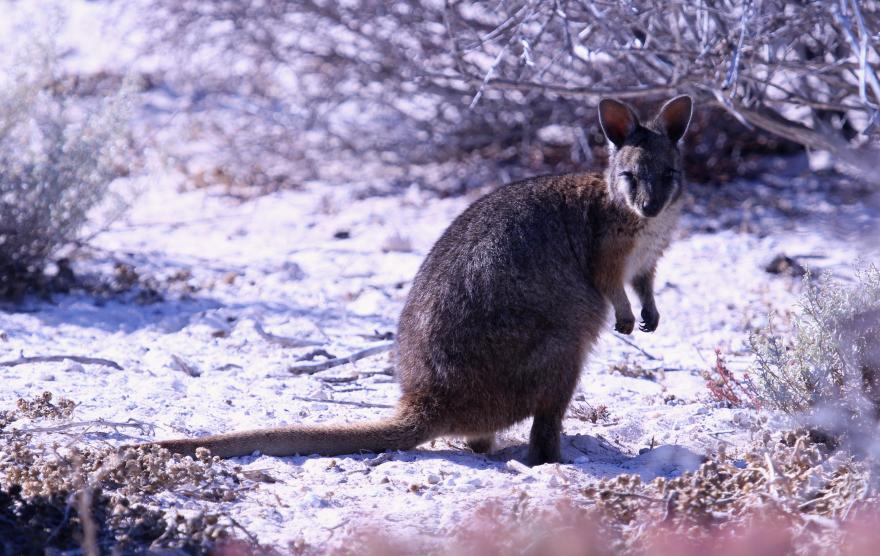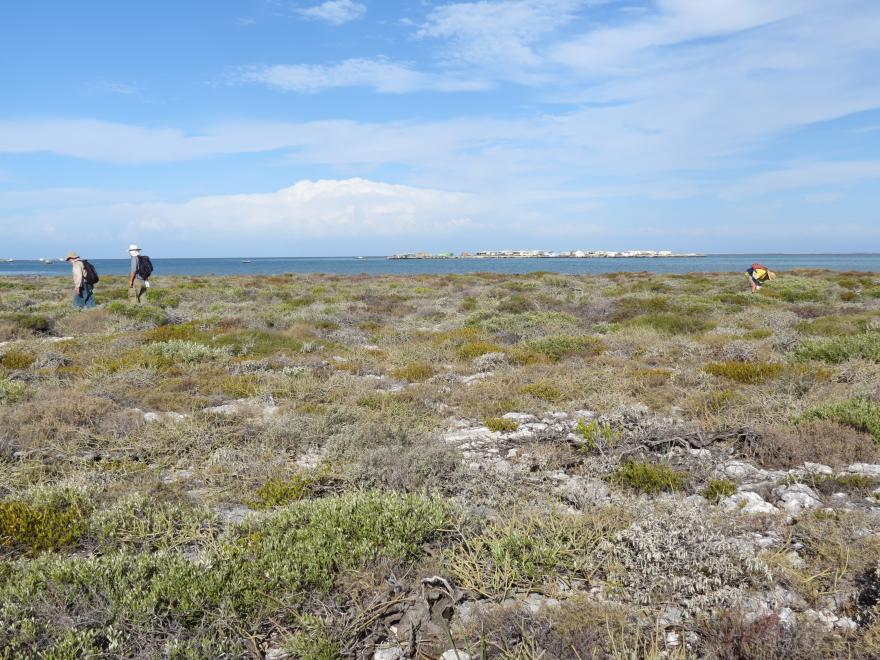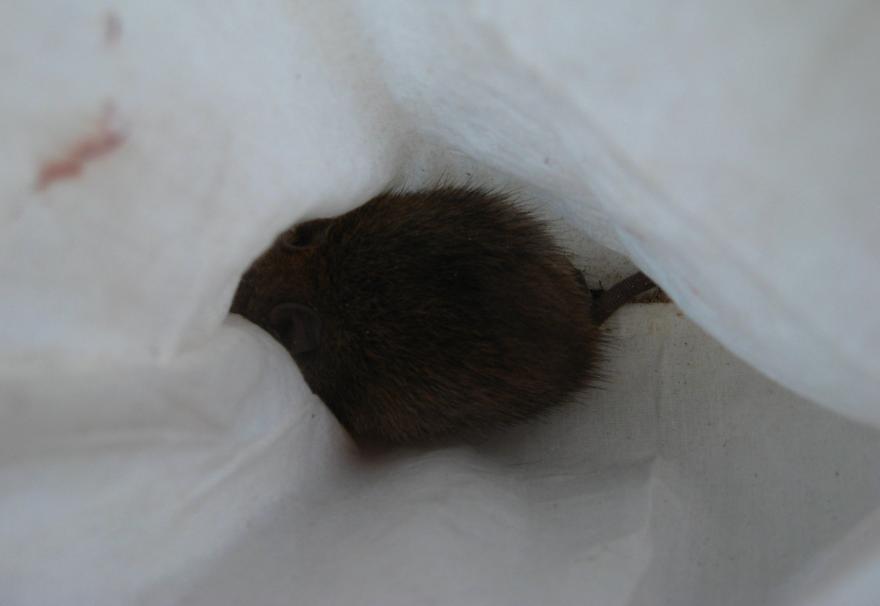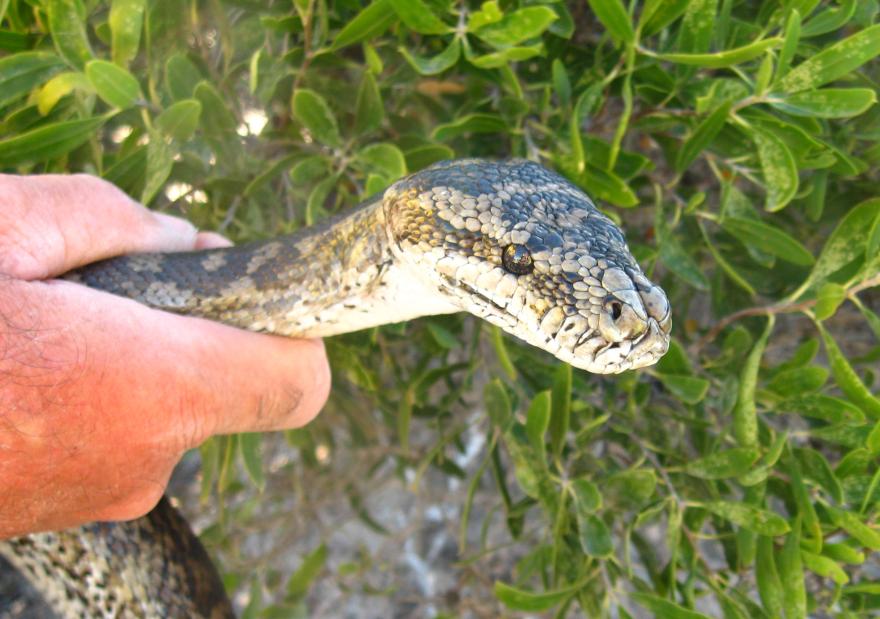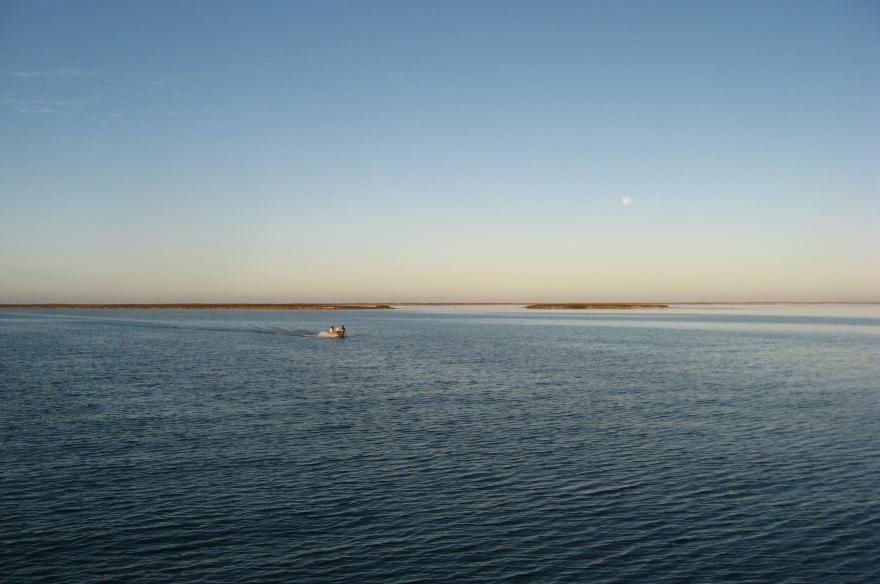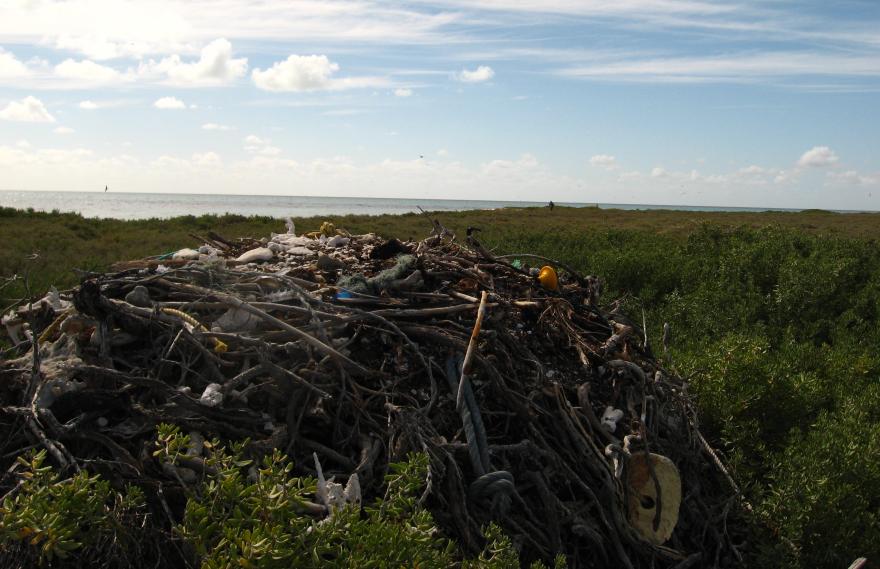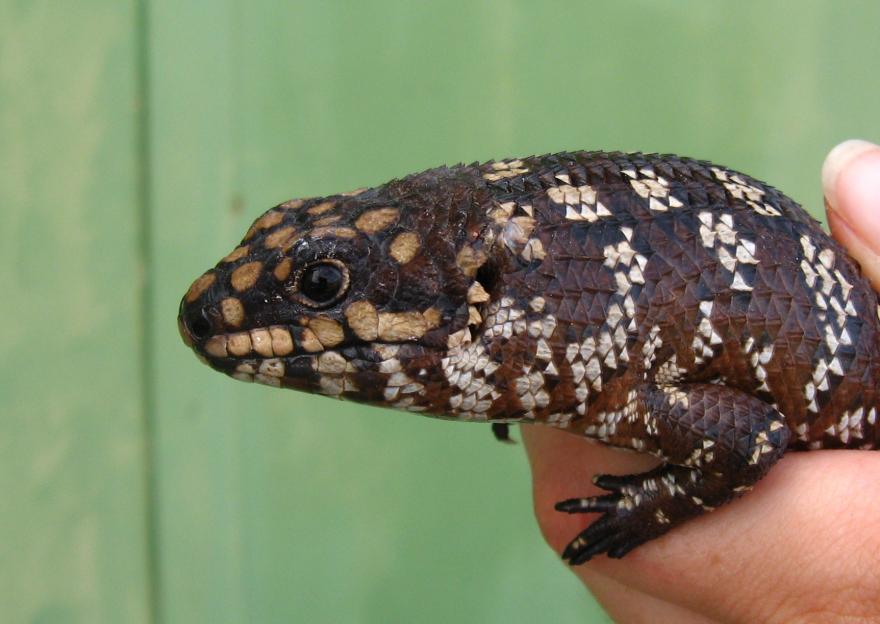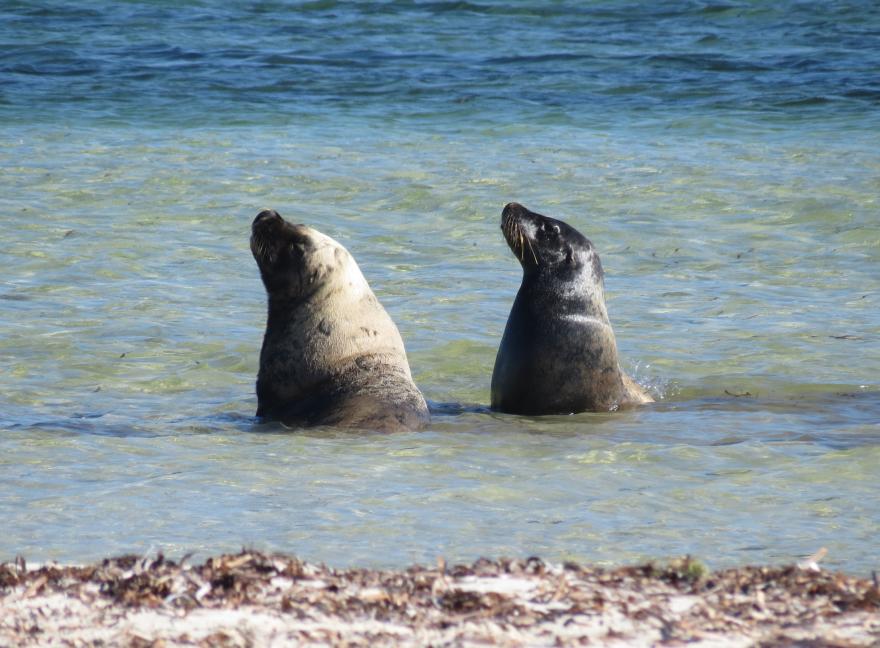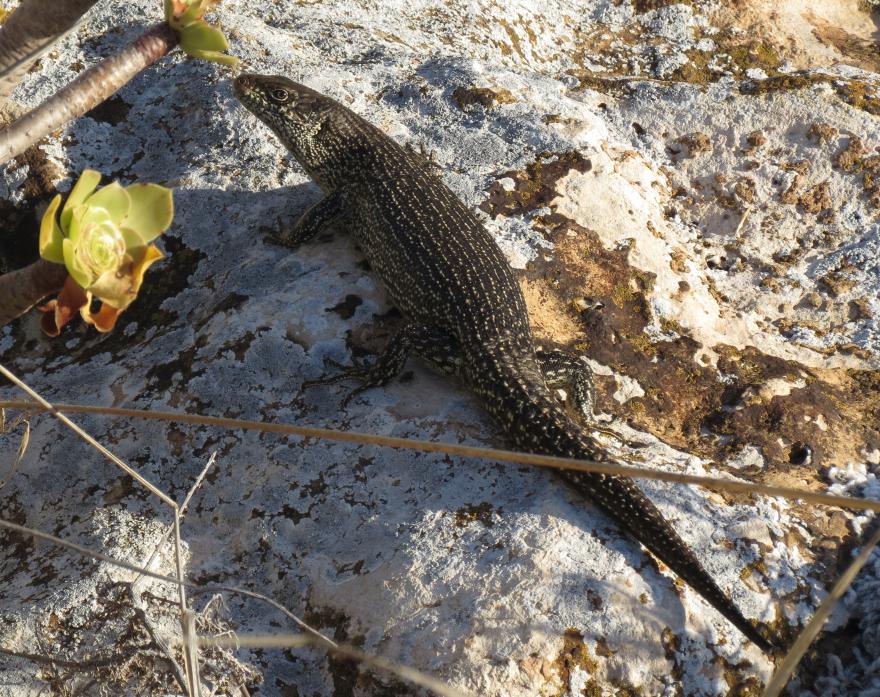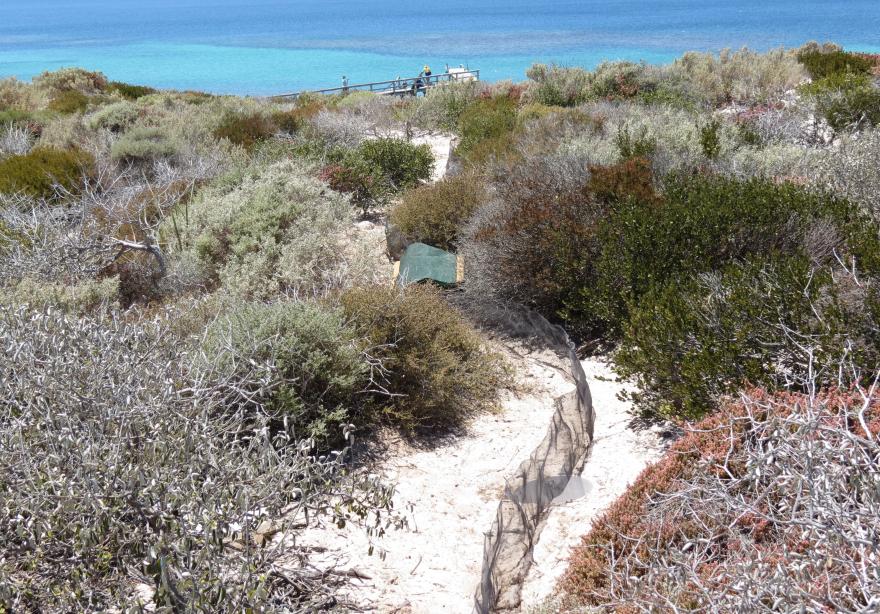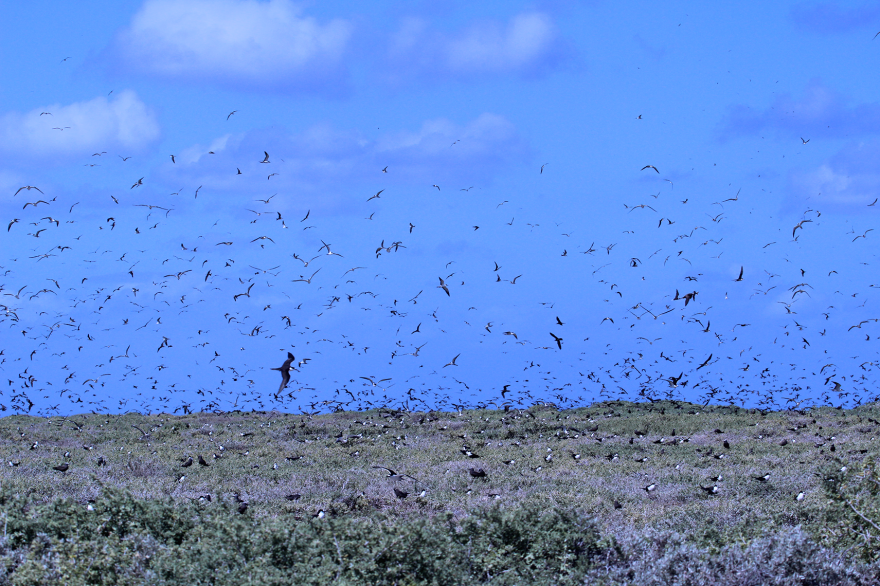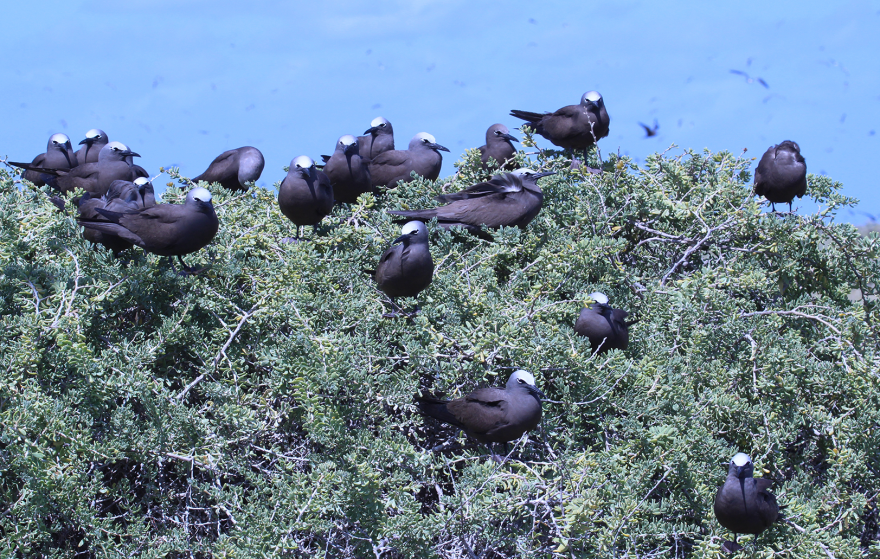In February 2012 the WA Museum Terrestrial Zoology department conducted fieldwork on the Houtman Abrolhos Islands, off the coast of Geraldton, WA. This was the last in a series of surveys beginning in 1977 to catalogue and study the biodiversity of vertebrate fauna on the islands. On this final fieldtrip important genetic samples were obtained to further investigate the phylogeographic relationships between vertebrate populations on different islands.
These photos showcase the iconic wildlife of the Abrolhos, ranging from the most northern population of Australian Sea Lions in Australia to Spiny-tailed Skinks, who live in family groups amongst the coral rubble that covers the islands. Common on the larger islands are Tammar Wallabies, who can drink sea water to survive the dry summers. The Bush Rat is another native mammal occurring on West Wallabi Island and these rodents are a valuable food supply for the Abrolhos Island Carpet Python.
The Abrolhos islands are important breeding grounds for many species of sea birds. Their numbers reach into the thousands on Pelsart Island, the most southern island of the three island groups. The Osprey and White-Bellied Sea-Eagle are two large birds of prey that also have adapted to life on the isolated Abrolhos islands.
